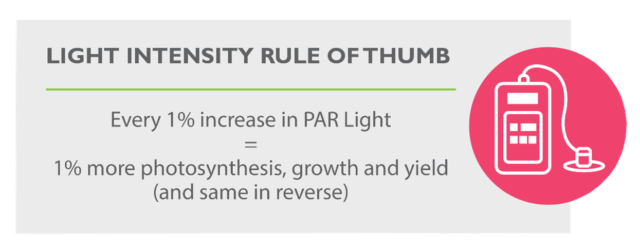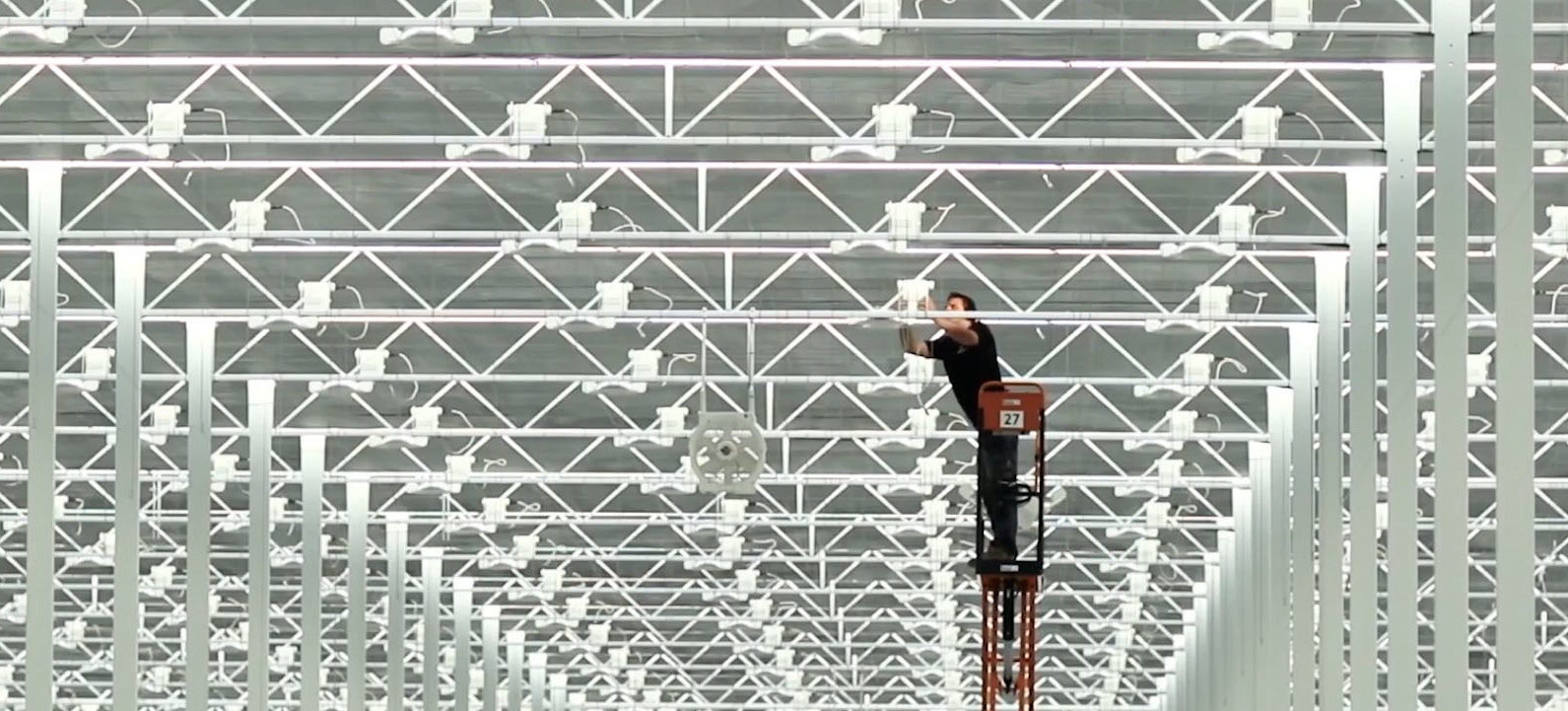P.L. Light Systems offers a complete range of high-quality horticultural lamps for High Pressure Sodium (HPS) and Ceramic Metal Halide (CMH) lighting technologies. For a complete list of available lamps, please contact the regional sales manager for your territory.
 How often should lamps be replaced?
How often should lamps be replaced?
Research shows that for every 1% increase in PAR light, you will see an equivalent increase in plant growth and yield.
The same principal applies in reverse whereby each 1% loss of PAR light will result in 1% loss in plant growth and yield. So, maintaining the highest possible output from your grow lights is critical to maintaining optimal crop yields.
If the useful PAR output of a lamp depreciates by roughly 1% per 1,000 burning hours, then after 10,000 burning hours then that lamp will only output 90% of the original output, which translates to roughly 10% less crop yield.
For high pressure sodium lamps, replacement is typically recommended after 10,000 burning hours to ensure optimal light output.
Metal halide lamps depreciate faster than HPS lamps – and are typically recommended to be replaced after 8,000 hours of normal operation.
What is your re-lamping strategy?
Is it wait until they burn out? Or do you proactively plan, so that all houses/bays/zones/rooms are all changed out at the same time to ensure consistent light levels?
Since the size and scope of grow facilities can be very large, group re-lamping can be very expensive and labour intensive if you don’t have a well thought out strategy in place. Our sales managers are happy to advise growers on how to plan a well thought out re-lamping schedule, to spread the financial impact while ensuring optimal light intensity is maintained.

How to install a double-ended lamp
It is incredibly important that the lamp is installed in the correct orientation and that the lamp holders are fully closed when you’re installing the lamp. If they’re not, you will end up with a loose connection which could lead to arcing. You can check out video instructions below on how to do this or download the pdf instructions from the resources section of our website. Make sure your maintenance crew are trained on how to properly replace the lamps.
For more information on re-lamping please see our blog article Re-lamping Pointers.


